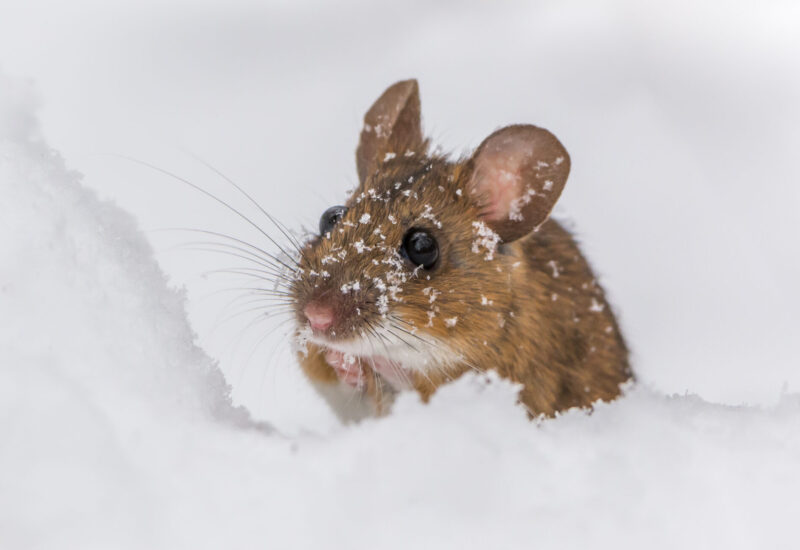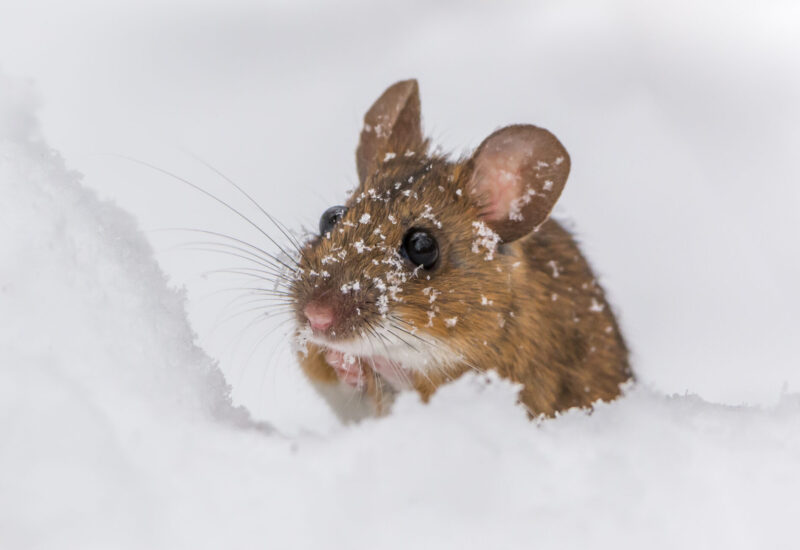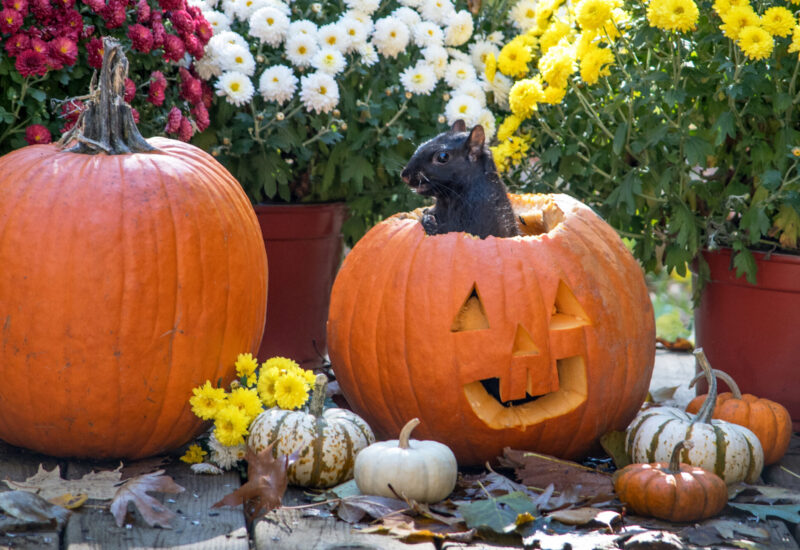What Do Groundhogs Eat?

Keep your vegetation safe from groundhogs and other lawn critters with some simple tips
Groundhogs, also known as woodchucks and whistle pigs, are members of the squirrel family that typically weigh between 4 and 14 pounds. These rodents have short legs and coarse gray-brown fur. They’re also binge eaters.
What do these weather-predicting (not really) creatures like to consume for their diet?
Well, they feed on a wide range of vegetation from grass to the plants in your garden. Preferred foods include soybeans, beans, peas, carrot tops, alfalfa, broccoli, clover, and grasses. Groundhogs will often devour your seedlings before they even have time to grow. If you don’t have vegetables around, groundhogs will settle for twigs, bark, and flowers instead.
How Much Do Groundhogs Eat?
On average, adult groundhogs eat one-third of their body weight every day, feeding on any plant matter they come across. They are known to search for food in broad daylight, and while they are ground-dwelling, groundhogs will climb trees to feed on fruits.
The reason groundhogs eat so much is that, between spring and fall, these vegetation-munching rodents double their body weight to prepare for hibernation. During hibernation, their metabolic rate drops, and they neither eat nor drink for about five months — drawing all their nourishment from the body fat they accumulated during the summer.
How to Deter Groundhogs
In general, groundhogs prefer open land and the surrounding wooded or brushy areas adjacent to it. Burrows are commonly located in fields and pastures, along fence rows, stone walls, roadsides, and near building foundations or the bases of trees.
Groundhogs can do serious damage to your garden and landscaping. However, rabbits and deer eat some of the same plants, so make sure to check for burrows before assuming that you have groundhogs. Groundhog burrows are distinguished by a large mound of excavated earth at the main entrance.
Groundhogs like to navigate through tall vegetation so removing vegetation around burrows can create insecurity and can encourage them to abandon a burrow system. Beyond that, keeping undergrowth and grass cover low may deny groundhogs the security they seek before burrowing around buildings and residences.
Fencing can also help reduce groundhog damage. Groundhogs, however, are good climbers and can easily scale wire fences if precautions are not taken. Fences should be at least 3 feet high and made of heavy poultry wire or 2-inch (5-cm) mesh-woven wire. One-way doors and traps can also be utilized to remove groundhogs from your property.
If your problem persists, contacting a pest professional may help as they have the experience with and a wider variety of tools to help relieve you of this troublesome pest.







